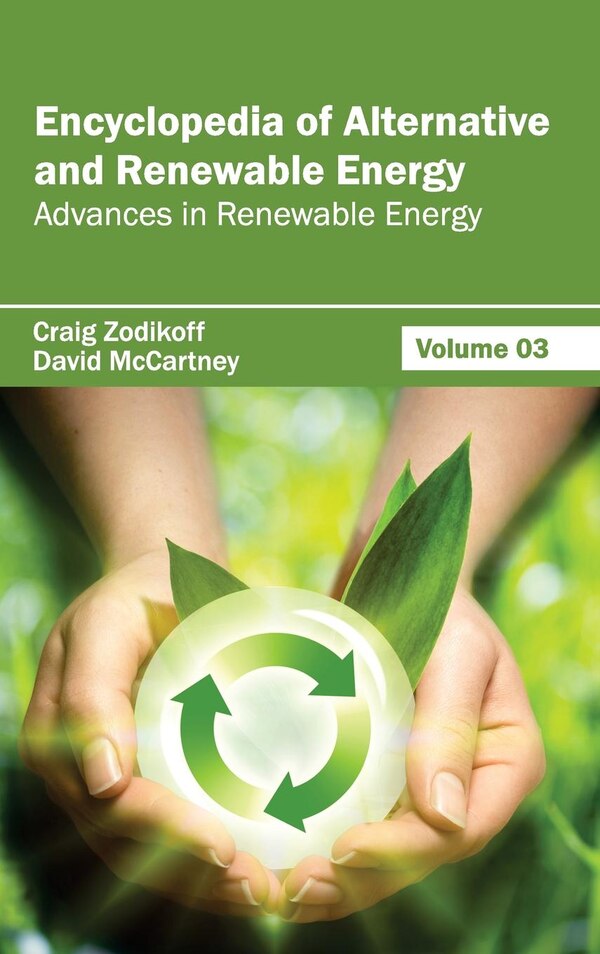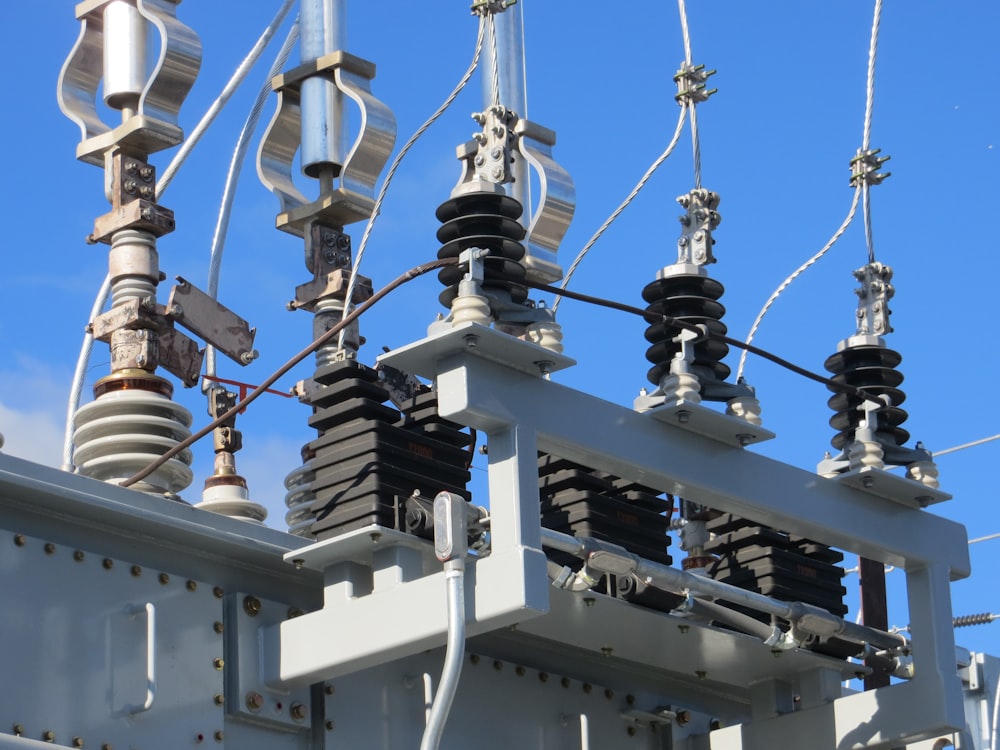Storing Renewable Energy: Sustainable Solutions
The Need for Energy Storage
In the transition towards a renewable energy future, the need for effective energy storage solutions has become increasingly apparent. Renewable energy sources such as solar and wind are inherently intermittent, fluctuating based on weather conditions and time of day. To ensure a reliable and resilient energy supply, storing renewable energy is essential for balancing supply and demand, managing grid stability, and maximizing the utilization of renewable resources.
Diverse Storage Technologies
A variety of storage technologies exist for storing renewable energy, each with its own advantages, limitations, and applications. Battery storage systems, including lithium-ion batteries, lead-acid batteries, and flow batteries, offer fast response times, high energy density, and scalability, making them well-suited for short-duration energy storage and grid stabilization. Pumped hydroelectric storage, compressed air energy storage, and thermal energy storage provide large-scale, long-duration storage options, complementing intermittent renewable energy generation.
Battery Storage Solutions
Battery storage solutions have emerged as a popular choice for storing renewable energy due to their flexibility, efficiency, and declining costs. Lithium-ion batteries, in particular, have seen widespread adoption in applications ranging from residential solar installations to utility-scale energy storage projects. These batteries can store excess energy generated from solar panels or wind turbines during periods of high production and discharge it when needed, providing grid stability and backup power during outages.
Pumped Hydroelectric Storage
Pumped hydroelectric storage is one of the oldest and most widely deployed forms of energy storage, offering large-scale, long-duration storage capabilities. This technology involves pumping water from a lower reservoir to an upper reservoir during periods of low energy demand and excess renewable energy generation, then releasing the stored water through turbines to generate electricity during peak demand. Pumped hydroelectric storage facilities can store vast amounts of energy and provide grid stability over extended periods.
Compressed Air Energy Storage
Compressed air energy storage (CAES) is another viable option for storing renewable energy, particularly in regions with suitable geological formations. CAES systems compress air using excess renewable energy during off-peak hours and store it in underground caverns or tanks. When electricity demand rises, the stored compressed air is released and expanded through turbines to generate electricity. CAES facilities can provide large-scale energy storage and help balance grid fluctuations caused by variable renewable energy generation.
Thermal Energy Storage
Thermal energy storage (TES) technologies store renewable energy in the form of heat, which can be released and converted into electricity or used for heating and cooling applications. TES systems utilize materials such as molten salt, phase-change materials, or heated water to store excess thermal energy generated from solar collectors or concentrated solar power plants. These systems can provide dispatchable power and enhance the efficiency of renewable energy systems by capturing and utilizing excess heat.
Hydrogen Storage and Fuel Cells
Hydrogen storage and fuel cells offer promising pathways for storing renewable energy in the form of hydrogen gas. Electrolysis technology converts excess renewable electricity into hydrogen gas through water electrolysis, which can then be stored and transported for later use. Hydrogen can be stored in tanks or underground caverns and converted back into electricity through fuel cells when needed. Hydrogen storage and fuel cells provide long-duration energy storage and can be integrated into various sectors, including transportation, industry, and power generation.
Grid Integration and Optimization
Effective grid integration and optimization are essential for maximizing the value and benefits of stored renewable energy. Advanced grid management systems, smart grid technologies, and energy management software enable utilities and grid operators to optimize energy storage resources, balance supply and demand, and minimize grid congestion. By leveraging data analytics, predictive modeling, and real-time control algorithms, grid operators can enhance grid reliability, resilience, and efficiency while maximizing the utilization of renewable resources.
Policy Support and Market Incentives
Policy support and market incentives play a crucial role in accelerating the deployment of energy storage solutions and driving investment in renewable energy integration. Government incentives, tax credits, and funding programs can help offset the costs of energy storage projects and incentivize private sector investment. Regulatory frameworks that value the flexibility and reliability of energy storage can create favorable market conditions and encourage innovation in storage technologies.
Continued Innovation and Collaboration
Continued innovation and collaboration are essential for advancing energy storage technologies and overcoming technical and economic barriers. Research and development efforts focus on improving the performance, efficiency, and cost-effectiveness of storage systems, as well as developing new materials and technologies. Collaboration among industry stakeholders, research institutions, governments, and communities fosters knowledge sharing, technology transfer, and best practices in energy storage deployment, contributing to a more sustainable and resilient energy future.















